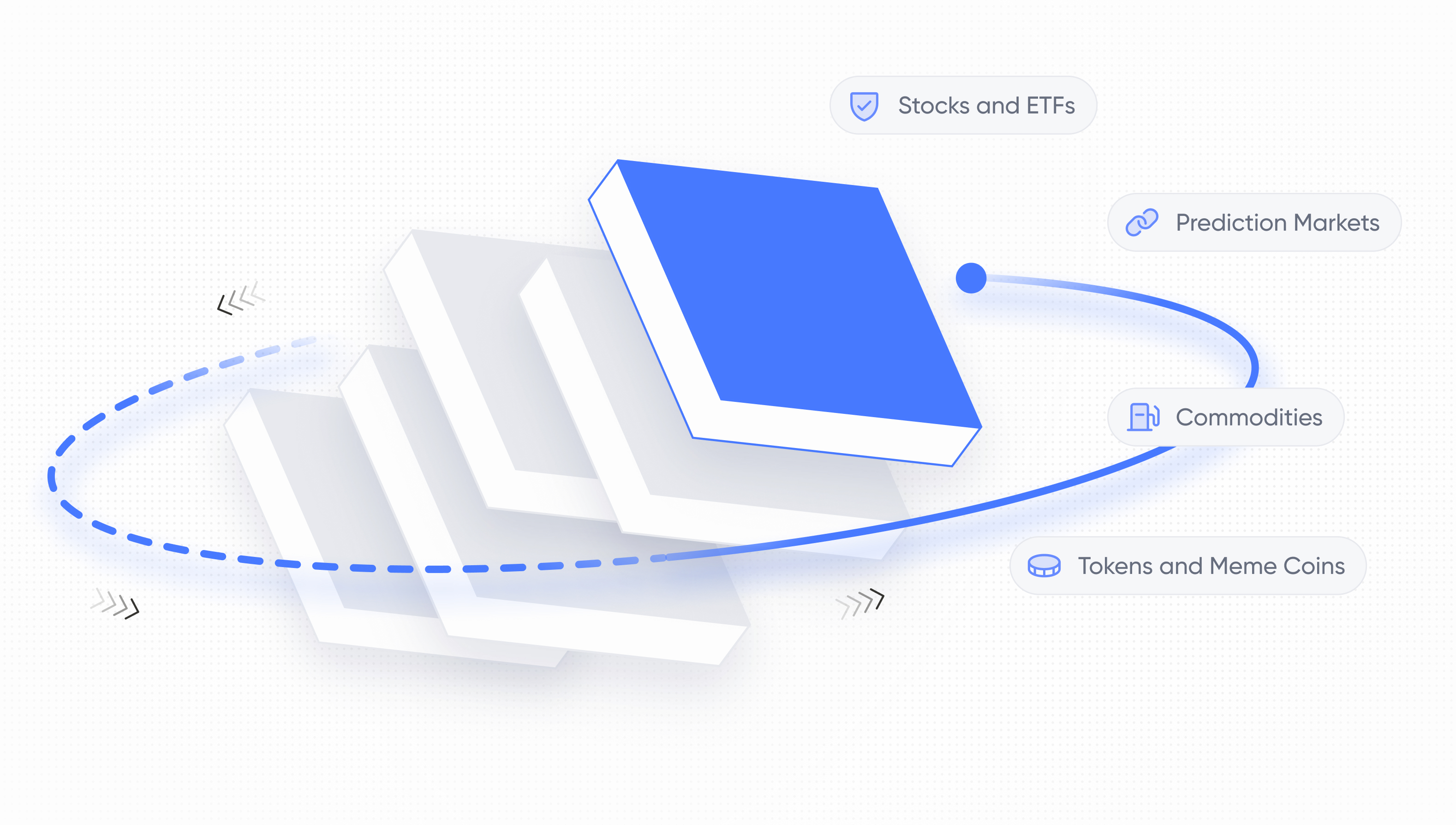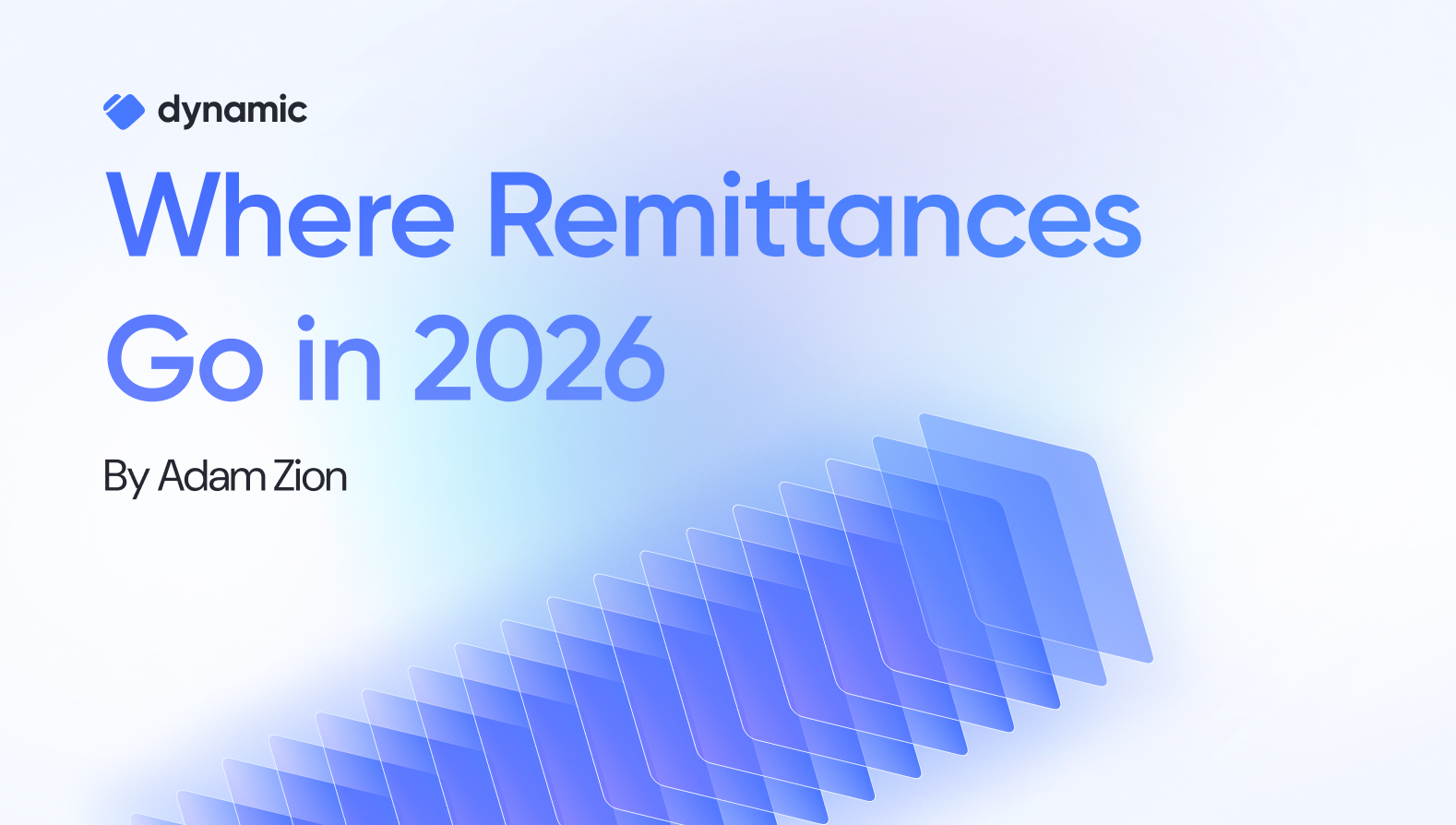The Newest Innovations to the Evolving Landscape of Layer-2 Blockchains


Main Points
- Layer-2 blockchains (L2s) were designed to address the scalability challenges of blockchain networks like Ethereum, Bitcoin, and Solana by reducing fees, and enhancing transaction speeds without compromising security or decentralization.
- The adoption of L2s has significantly increased over the last year, with recent data showing L2s handled over 85% of Ethereum's total transactions on August 14th, compared to 62% at the same time last year.
- Emerging L2s like BOB, Mantis, Eclipse, and MegaETH have introduced unique offerings, such as a hybrid L2 model combining Bitcoin's security with Ethereum's ecosystem (BOB), enabling native yield and intents (Mantis), leveraging Solana’s Virtual Machine for high performance (Mantis and Eclipse), and introducing real-time EVM (MegaETH).
Introduction to Layer-2 Blockchains
One of the important and unsolved challenges around blockchains is the scalability trilemma, a concept that proposes a blockchain can only optimize two out of three crucial aspects: security, decentralization, and scalability. While networks such as Ethereum and Bitcoin have mastered decentralization and security, they have had trouble performing in times of high activity.
Layer-2 blockchains (L2s) emerged to mitigate this problem, and more recently have gained a lot of traction. L2s work by handling transactions outside of the main network, before aggregating them onto a secure settlement layer like Ethereum. This allows users to transact at a very low cost without foregoing security or decentralization.
The first L2 to launch was the Lightning Network in 2018, aiming to make payments on Bitcoin fast and cheap. Since then, hundreds of L2s have launched with the goal to scale Ethereum, and L2s for Solana and Bitcoin’s networks are also in the early stages. Today, the landscape of L2s is evolving quickly, with innovators like BOB, Mantis, and Eclipse each introducing novel approaches.
Solving Ethereum’s Scalability Problem
Even though Ethereum has solidified itself as the primary home for major DeFi applications, it has struggled through heightened network activity. The bull market of 2021 highlighted these issues, as Ethereum's network became notorious for its congestion and expensive gas fees, often exceeding $100 for a simple token swap or the minting of an NFT.
This issue has led to hundreds of Ethereum L2s launching over the last few years. The result so far has been a dramatic improvement in scalability, reduced fees, and faster transaction times for end-users. Additionally, the majority of these networks are EVM-compatible, allowing them to execute smart contracts on Ethereum and easily interact with other EVM chains.
The impact L2s have had so far is hard to ignore. On August 14, L2s processed a record ~12.5M transactions, accounting for over 85% of the total transactions settled on Ethereum. This is 140% more L2 transactions than this time last year, when L2s were making up only 62% of total transactions. This accelerating trend shows that the L2 thesis is working, and will play a meaningful role as blockchains manage a growing number of users.

The Current State of L2s
Currently, most L2s can be categorized in two ways: optimistic rollups and zk-rollups (zero-knowledge rollups). Optimistic rollups assume that transactions are valid by default, only checking for fraud when there is a dispute. While this enables faster transaction processing and lower fees, it also can lead to delayed finality.
On the other hand, zk-rollups provide a more secure alternative by using cryptographic proofs to validate transactions off-chain. This ensures that transactions are correct without the need for a challenge period, leading to faster finality and stronger security. However, they are more complex and challenging to implement than optimistic rollups.
Layer 2s as a whole have proven that they are here to stay. And now, a new era of innovation is beginning to take shape. Some of these new players are not only exploring different network ecosystems, such as Bitcoin and Solana, but also introducing novel technologies such as BOB's hybrid L2 model that aim to redefine what's possible in the L2 space.
Next-Gen Innovations from Rising Layer-2 Blockchains
While most existing layer-2 solutions have focused on scaling Ethereum with either an optimistic or zk-rollup, emerging players are targeting other networks such as Bitcoin and Solana, and bringing unique innovations to enhance performance. While there is a lot of innovation happening within the industry, here are four specific L2s that we are keeping a close eye on:
BOB
Unlike traditional L2 solutions that rely solely on one chain, BOB’s hybrid L2 leverages Bitcoin’s proof-of-work for robust security while employing Ethereum for scalable, high-throughput transactions. This architecture allows BOB to inherit Bitcoin’s unmatched security guarantees, while providing the flexibility of Ethereum’s Virtual Machine (EVM), meaning developers can deploy EVM-compatible dApps directly on BOB’s platform without sacrificing security or scalability.
BOB provides a comprehensive suite of tools, wallets, analytics, and infrastructure, all powered by Optimism’s OP Stack, allowing builders to leverage Bitcoin’s security while maintaining full compatibility with the Ethereum Virtual Machine (EVM). Additionally, BOB’s user-friendly BTC, ERC-20, and stablecoin on-ramps allow end-users to easily explore and benefit from these offerings. Lastly, BOB Stake worked with Dynamic to introduce 1-click staking of native BTC through Bitcoin intents, allowing users to easily allocate BTC into various BTC DeFi positions.

Mantis
Mantis’ L2 solution stands out by being Solana’s first restaked Layer-2, meaning that users who bridge funds to Mantis earn yield on their SOL and stablecoins automatically. This yield is derived from staking rewards and users earn yield even when their tokens are locked up within DeFi applications. Additionally, Mantis puts an emphasis on seamless user experience and interoperability by utilizing intents. Intents allow end-users to express their motives, and receive the best execution without needing to provide complex transaction details.
On top of native yield and a friendly user experience, Mantis leverages Solana's Virtual Machine (SVM). This is a huge value-add for developers, as it allows them to deploy any application that is on Solana onto Mantis. For users, this innovative approach provides a familiar experience and enables them to utilize existing wallets that they already use on Solana. By combining the strengths of Solana with the scalability of a SVM-compatible L2, Mantis is well-suited for many use cases that demand high performance and speed. This includes, but is not limited to, gaming, trading, and DePin applications.

Eclipse
Eclipse is designed to turbocharge Ethereum's scalability and performance by integrating SVM for execution. This unique approach makes Eclipse the first Ethereum Layer-2 to leverage the speed of Solana's execution environment while maintaining access to Ethereum's liquidity. As a result, Eclipse is poised to be the perfect intersection between Solana's speed and Ethereum's liquidity.
Over the years, Ethereum has been met with criticism around its ability to efficiently scale. In contrast, Solana has addressed this challenge, but encountered opposition around decentralization and network security. Eclipse unites these two chains to deliver a comprehensive solution that improves transaction performance without compromising on Ethereum's network effects and security.

MegaETH
MegaETH introduced the first real-time EVM execution engine, allowing the network to process a large volume of transactions immediately upon arrival. MegaETH achieves this by concentrating execution to a small number of nodes, decentralizing block validation, and utilizing its custom built block-building algorithm. This real-time capability is a significant advancement over traditional Layer-2s, which often require additional layers of communication and validation before a transaction is processed.
MegaETH's real-time processing and low-latency environment not only improves user experience but also opens up new possibilities for dApps that rely on quick and consistent data, such as trading platforms, gaming, and IoT solutions. Additionally, unique features such as smart contract compilation and a novel state trie empower developers to build more sophisticated dApps. Lastly, MegaETH is fully EVM-compatible, ensuring that developers can easily deploy existing Ethereum-based applications onto the MegaETH network.

To sum it up, here’s a brief overview of how these L2s compare:

Tying it all Together
Layer-2 solutions have made a lot of progress around solving the scalability trilemma, and a new wave of innovative players is set to push these boundaries even further. BOB's hybrid L2 approach, Mantis' user-focused design with passive yield on Solana, and Eclipse's blend of Solana's speed with Ethereum's infrastructure are all revolutionary developments in the L2 landscape. By providing faster and more cost-effective transactions, these solutions can help blockchains scale to the level needed to support a growing number of users and use cases.
Disclaimer: Some of the mentioned L2s in this blog post are Dynamic customers.
Share this article



